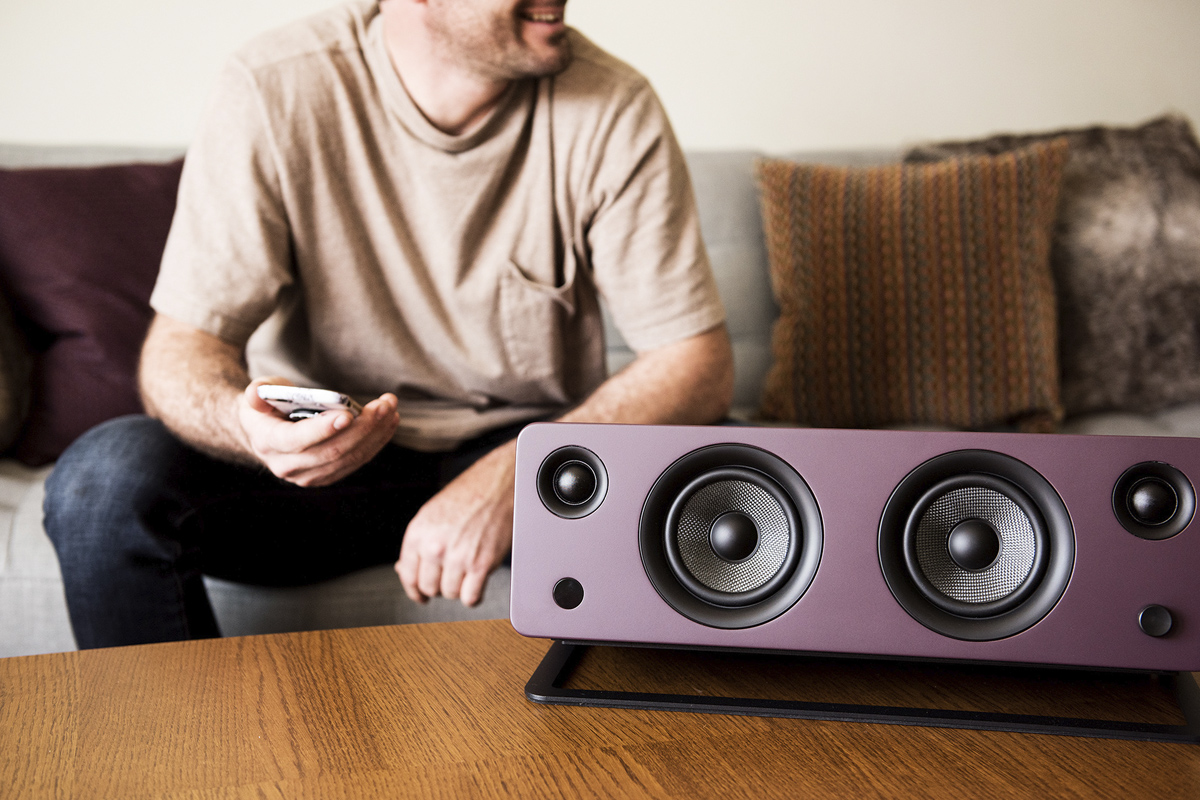
Kanto SYD Bluetooth Speaker
- Written by: Kevin East
So much is made these days of powered speakers with Bluetooth connectivity that, presented with one of these wonder puppies, I was prompted to plug it in, invoke Bluetooth, link it to my iPhone, et voilà -- music!

LG G7 ThinQ Smartphone
- Written by: Gordon Brockhouse
 Smartphones are the quintessential jacks-of-all-trades. Beyond their basic function (telephony), you can use them to surf the Web, shoot pictures and videos, play games, feed the parking meter, check your bank balance, navigate strange cities, and a million or so other applications.
Smartphones are the quintessential jacks-of-all-trades. Beyond their basic function (telephony), you can use them to surf the Web, shoot pictures and videos, play games, feed the parking meter, check your bank balance, navigate strange cities, and a million or so other applications.
Does the trades corollary follow? Are they masters of none? You can tap out an e-mail on your phone’s screen, but you wouldn’t want to write a novel on it. Smartphone cameras are fine for snapshots, but if you’re a serious photographer, you’ll want a serious camera.
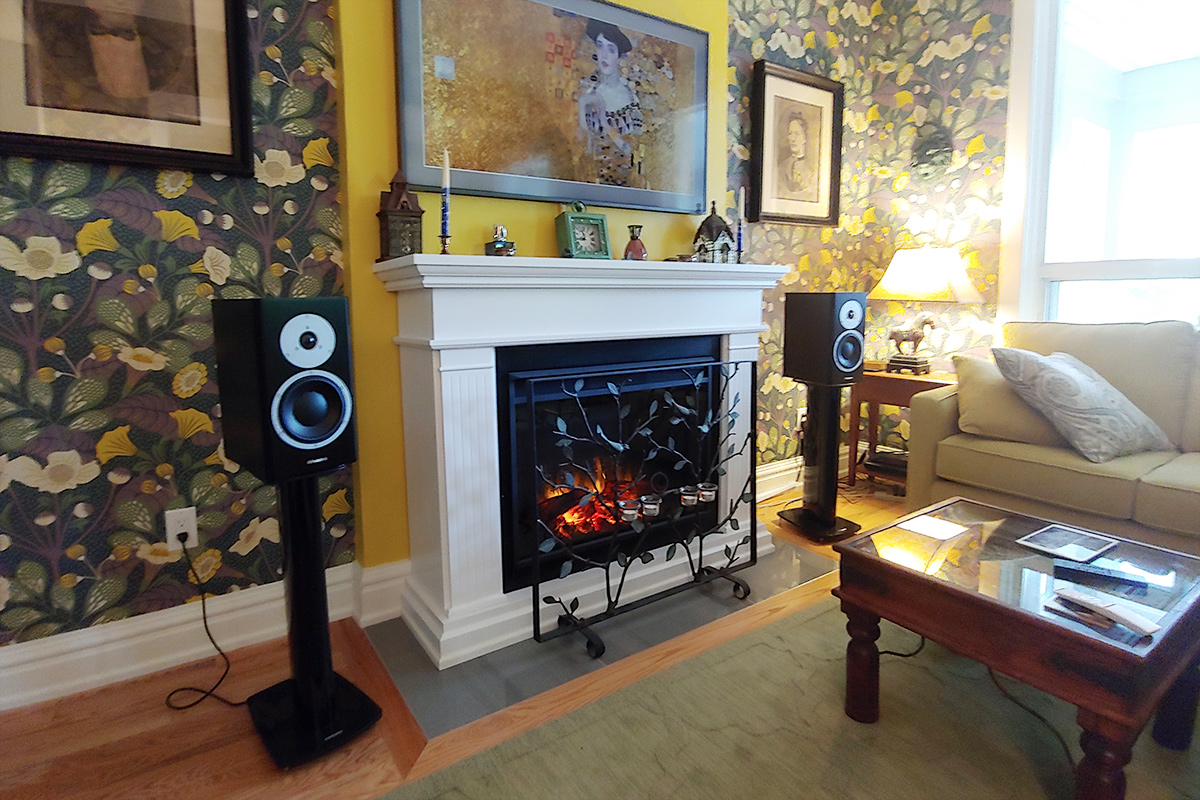
How I Simplifi'd My Hi-Fi
- Written by: Gordon Brockhouse
A year ago this month, my missus and I made a life-changing decision. We would sell the Toronto home where she had lived for 26 years, and move to a smaller house in the same neighborhood. Our kids had long since left the nest (lucky us!), and that big five-bedroom house was way more real estate than we needed. Downsizing would free up money for our retirements (we are now both, officially, geezers) and simplify our lives.
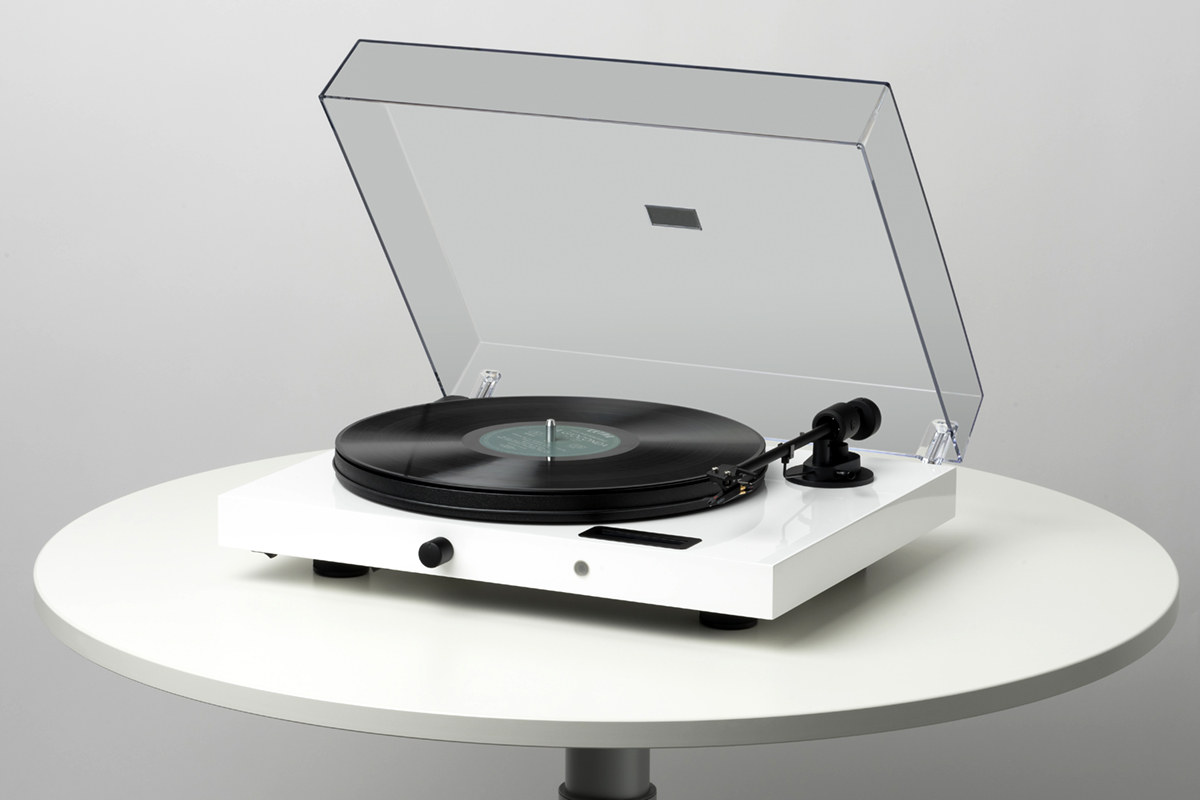
Pro-Ject Audio Systems Juke Box E Turntable-Integrated Amplifier
- Written by: Brent Butterworth
Pro-Ject Audio Systems’ Juke Box E shows how stereo systems ain’t what they used to be. That statement is not a lament for an imagined better past, but an observation of what kinds of systems today’s listeners want and need. The Juke Box E ($499 USD) caters not to the traditional audiophile, but to a new generation with different listening habits. It combines a turntable, phono stage, integrated amplifier, and Bluetooth receiver, all in a package no larger than a typical budget turntable. All you add is speakers.
Read more: Pro-Ject Audio Systems Juke Box E Turntable-Integrated Amplifier
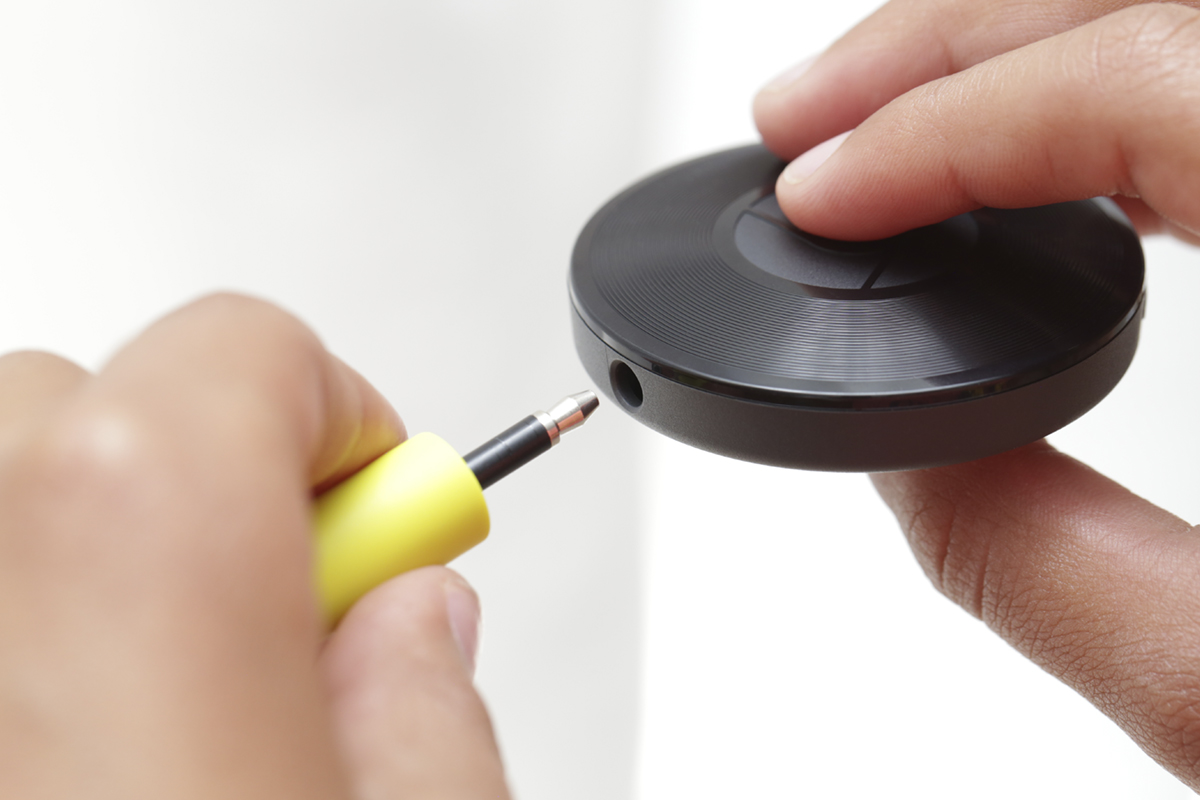
Time to Celebrate: Five Years of Google Chromecast
- Written by: Sathyan Sundaram
Music lovers have been trying to solve a problem ever since they began collecting recordings: How to have convenient access to large music libraries?
Read more: Time to Celebrate: Five Years of Google Chromecast
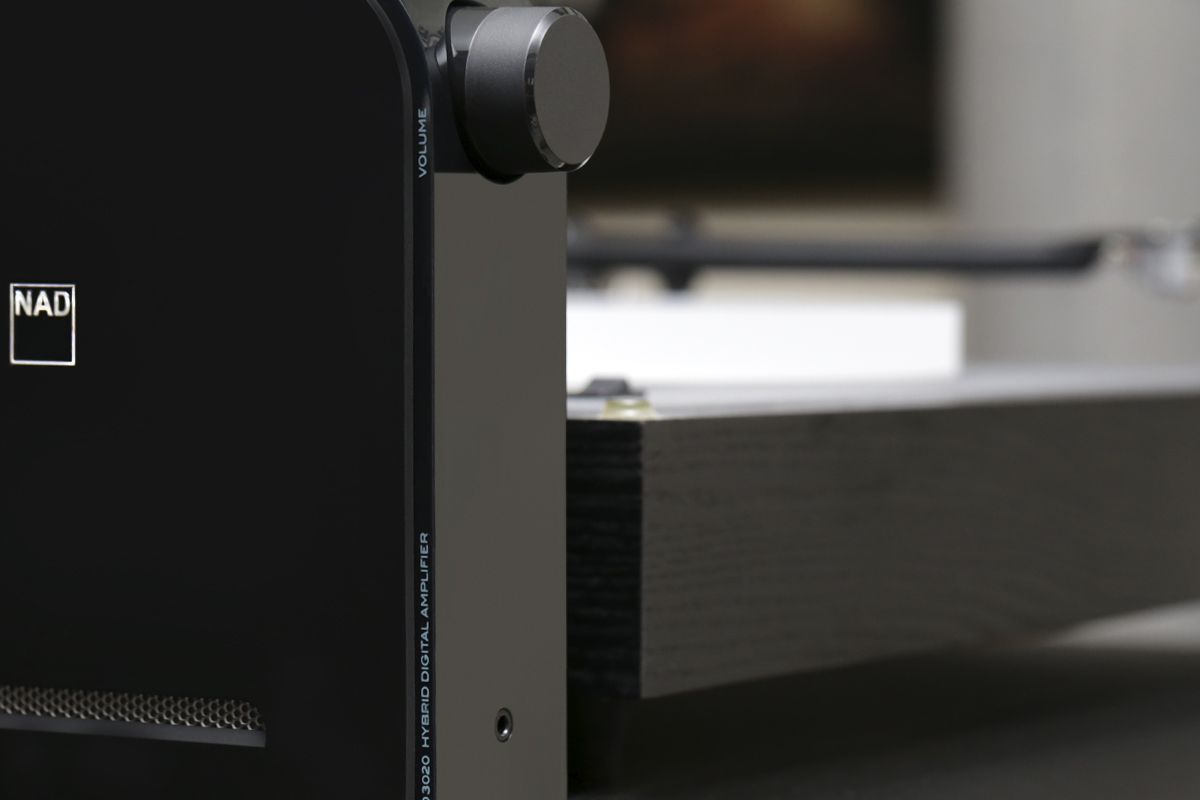
NAD D 3020 V2 Bluetooth Integrated Amplifier-DAC
- Written by: Sathyan Sundaram
 The Canadian electronics manufacturer New Acoustic Dimension, since renamed NAD Electronics, was founded in 1972, and released its famous 3020 integrated amplifier in 1978. For many in the late 1970s and 1980s, the 3020 was their first serious audio purchase. Five years ago, to mark its 40th anniversary, NAD released the first version of the D 3020 integrated amplifier ($499 USD), to positive reviews. Last January, at the 2018 Consumer Electronics Show, they announced the launch of the D 3020 V2 ($399). Along with a $100 reduction in price from the original D 3020, NAD has added a full-range preamp-only output and an RIAA-equalized moving-magnet phono stage, while dropping one of the optical inputs and the USB input. The V2 shares the original D 3020’s compact case -- they’re identically sized -- and is energy efficient. While both versions produce 30Wpc, the V2 offers slight improvements in its specified signal/noise ratio and channel separation.
The Canadian electronics manufacturer New Acoustic Dimension, since renamed NAD Electronics, was founded in 1972, and released its famous 3020 integrated amplifier in 1978. For many in the late 1970s and 1980s, the 3020 was their first serious audio purchase. Five years ago, to mark its 40th anniversary, NAD released the first version of the D 3020 integrated amplifier ($499 USD), to positive reviews. Last January, at the 2018 Consumer Electronics Show, they announced the launch of the D 3020 V2 ($399). Along with a $100 reduction in price from the original D 3020, NAD has added a full-range preamp-only output and an RIAA-equalized moving-magnet phono stage, while dropping one of the optical inputs and the USB input. The V2 shares the original D 3020’s compact case -- they’re identically sized -- and is energy efficient. While both versions produce 30Wpc, the V2 offers slight improvements in its specified signal/noise ratio and channel separation.

How Good Can Voice Recognition Get?
- Written by: Brent Butterworth
Last month, I talked about the advantages that voice command can bring to audio enthusiasts -- and the complications that limit its applicability to music listening. This month I talk in a bit more depth about the prospects for voice-command technology: How much better can voice-command systems get, and might they someday be the primary user interface for audio systems?
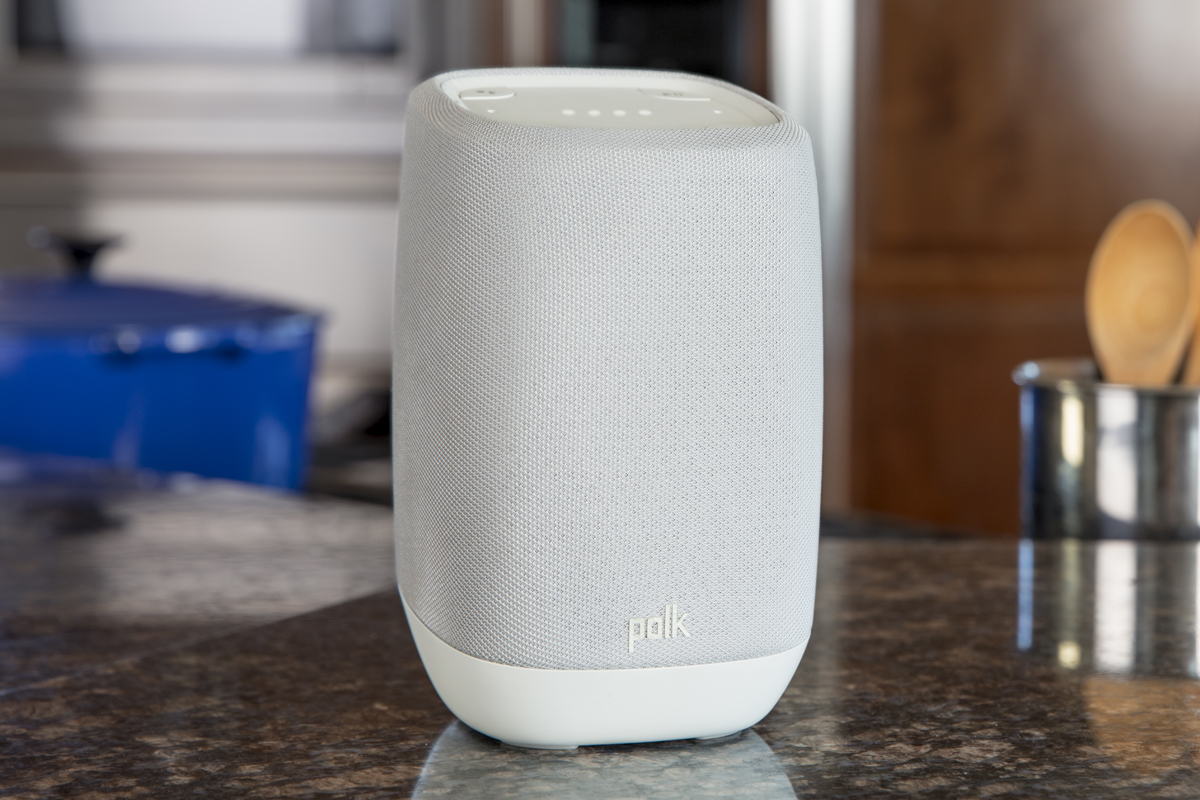
Polk Assist Wi-Fi Smart Speaker
- Written by: Brent Butterworth
While many audio writers have questioned the desirability of smart speakers, the general public seems to have no such reservations. Estimates project that more than 80 million of these voice-controlled products will have been sold worldwide by the end of 2018. The market’s been dominated by Amazon and Google, but neither of those brands is synonymous with good sound. Fortunately, mainstream audio companies are now incorporating voice-command technology from Amazon or Google into their speakers. The Polk Assist ($199.95 USD), which includes Google Assistant, is one of the first of this wave.

Are Smart Speakers Any Good for Audiophiles?
- Written by: Brent Butterworth
I’ve reacted with hostility to many audio writers’ musings about smart speakers. I’m beginning to wonder if I’ve been wrong.
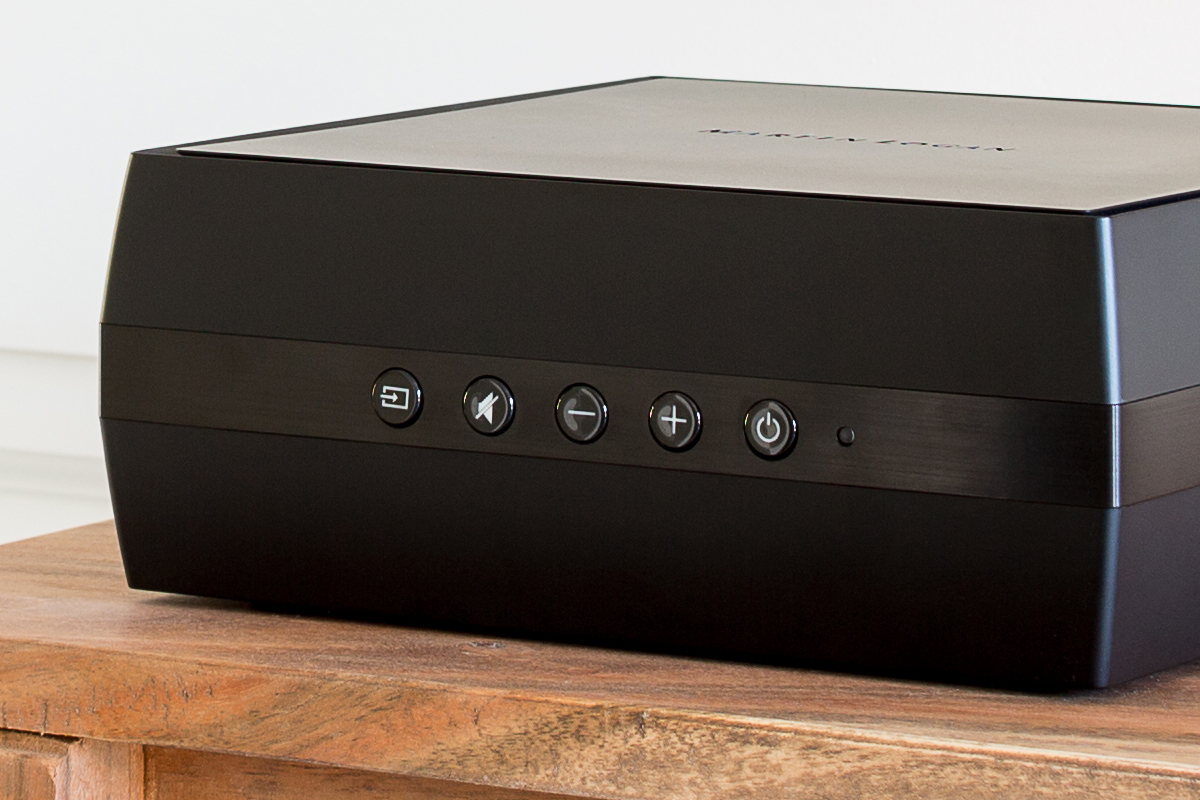
MartinLogan Unison Wireless Preamplifier
- Written by: Wes Marshall
Apparently, MartinLogan’s Unison wireless preamplifier was designed with Simplifi readers in mind -- it offers Wi-Fi, TosLink digital, and analog inputs and outputs, a 12V trigger, and an Ethernet connection. You can use the Unison with DTS Play-Fi or Apple AirPlay to set up a whole-house streaming system. And the Unison includes Anthem Room Correction (ARC) -- essentially the same version of ARC used in Anthem’s own flagship products. Add it all up and combine it with MartinLogan’s stellar reputation, and you have a product that probably goes for several thousand bucks, right? Nope. The Unison costs $399.95.

High End 2018, Simplifi'd
- Written by: Al Griffin
High End 2018, in Munich, Germany, was packed with introductions of streaming products. While much of the gear displayed was at the upper end of the hi-fi price curve, there were also a number of new integrated amplifiers and wireless speakers -- from companies such as Technics, Cambridge Audio, and Cocktail Audio -- that can be had for more reasonable prices. What follows is a list of Simplifi-approved products I ran across during my time roaming the halls of the MOC in Munich.
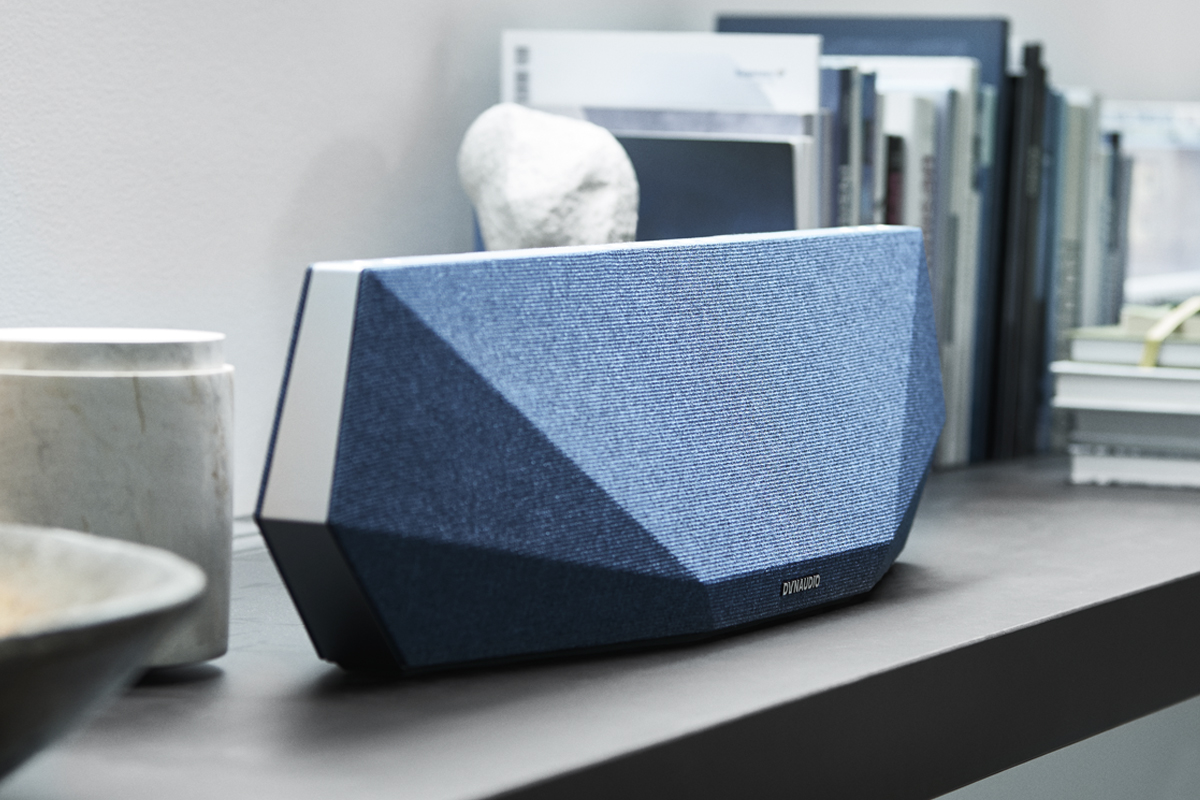
Dynaudio Music 7 Wi-Fi Speaker
- Written by: Al Griffin
 It’s been a boom time for Wi-Fi loudspeakers -- most major speaker makers have introduced wireless models that stream music via AirPlay, DTS Play-Fi, or Chromecast Built-in. Nor is Denmark’s venerable Dynaudio A/S a stranger to the wireless world -- their Xeo and Focus XD models have set a standard for high-performance, high-resolution-capable wireless speakers, though in both cases that performance comes at a relatively high price. Dynaudio’s newest wireless offerings comprise their Music models -- a range of compact, all-in-one speakers designed to deliver, via WiFi, the company’s proven sound-quality benefits in affordable, lifestyle-friendly packages. I wondered how well the Music models would stand up to their mass-market competition.
It’s been a boom time for Wi-Fi loudspeakers -- most major speaker makers have introduced wireless models that stream music via AirPlay, DTS Play-Fi, or Chromecast Built-in. Nor is Denmark’s venerable Dynaudio A/S a stranger to the wireless world -- their Xeo and Focus XD models have set a standard for high-performance, high-resolution-capable wireless speakers, though in both cases that performance comes at a relatively high price. Dynaudio’s newest wireless offerings comprise their Music models -- a range of compact, all-in-one speakers designed to deliver, via WiFi, the company’s proven sound-quality benefits in affordable, lifestyle-friendly packages. I wondered how well the Music models would stand up to their mass-market competition.
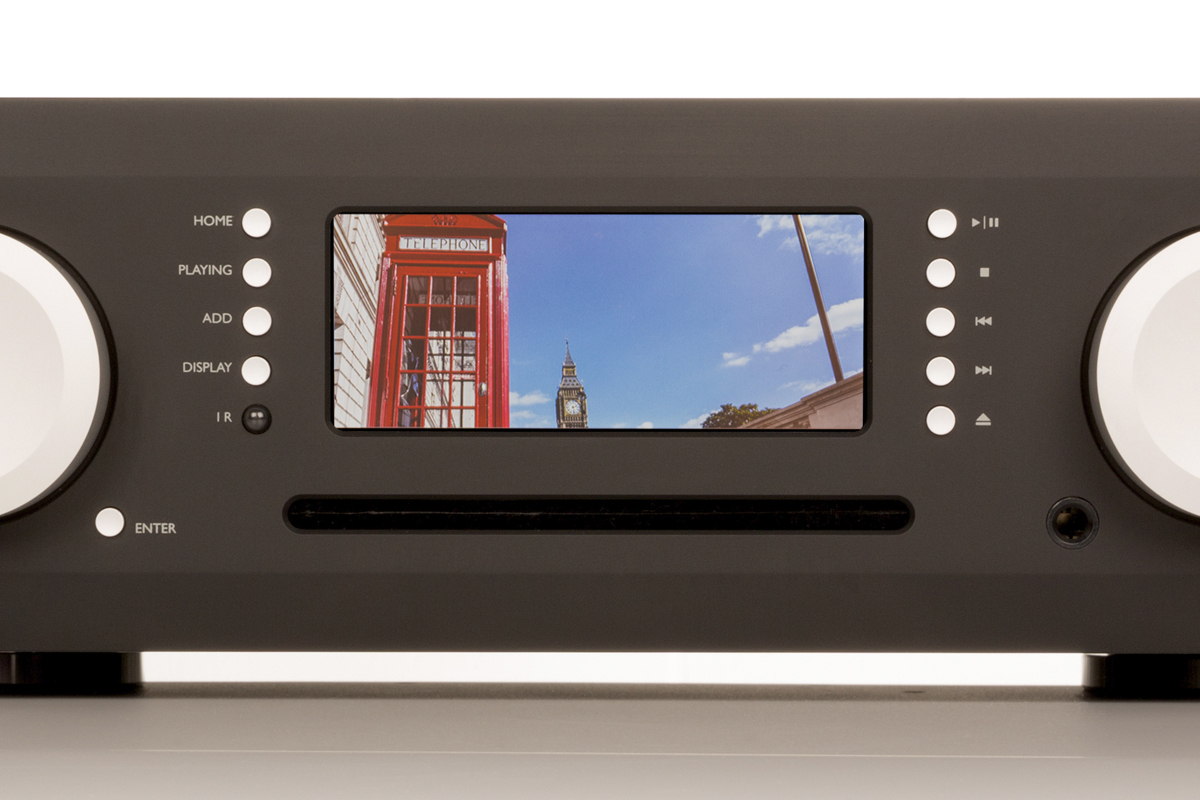
Musical Fidelity M6 Encore 225 Music System
- Written by: Al Griffin
One problem with buying an all-in-one music system is the possibility of getting locked in -- since everything is provided, you’re stuck with the system’s hardware configuration going forward. That possibility becomes even more of a concern with higher-end, higher-priced gear such as Musical Fidelity’s M6 Encore 225. At $5999 USD, the M6 Encore 225 represents a significant investment. Does it have what it takes to stand the test of time?
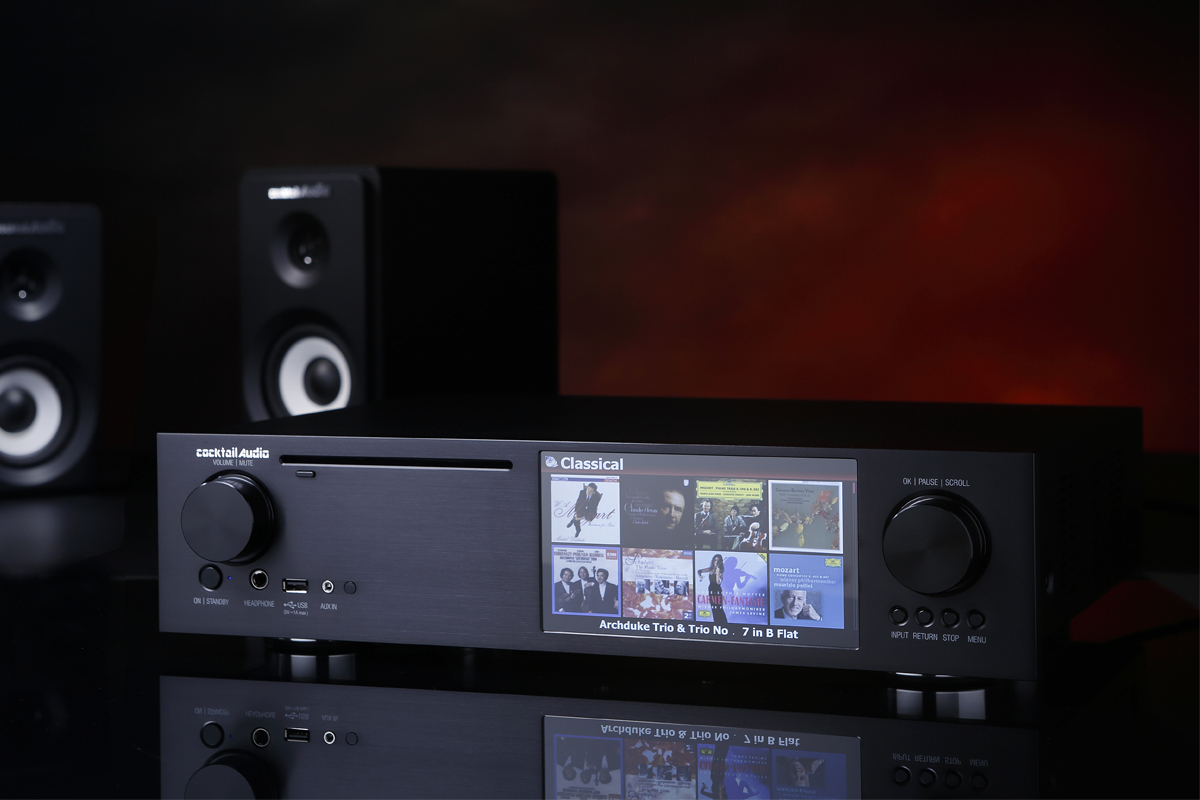
Cocktail Audio X35 Music System
- Written by: Al Griffin
 In reviewing audio gear -- or anything else, for that matter -- it’s a cliché to describe something with lots of features as a “Swiss Army knife.” But that was the image that sprang to mind as I reviewed Cocktail Audio’s X35, a “high-res-all-in-one music system” from Novatron, a Korean audio manufacturer with roots in IT. If there ever was an audio component that merited comparison to a compact, inexpensive device comprising many different tools for many different uses, the X35 is it.
In reviewing audio gear -- or anything else, for that matter -- it’s a cliché to describe something with lots of features as a “Swiss Army knife.” But that was the image that sprang to mind as I reviewed Cocktail Audio’s X35, a “high-res-all-in-one music system” from Novatron, a Korean audio manufacturer with roots in IT. If there ever was an audio component that merited comparison to a compact, inexpensive device comprising many different tools for many different uses, the X35 is it.

Is the Smart Speaker a Dumb Idea?
- Written by: Al Griffin
Recently, I reviewed the JBL Link 500, a Wi-Fi speaker that incorporates the Google Assistant platform. To me, being able to question a speaker about the weather for the upcoming weekend, and to get a personalized response based on data Google had previously collected, seemed more a novelty than a great technological leap forward. Still, while the idea of having a speaker in my bedroom with a built-in microphone that relays data to Google’s servers didn’t make me paranoid, I was glad that the Link 500 also has a button for switching that microphone off.
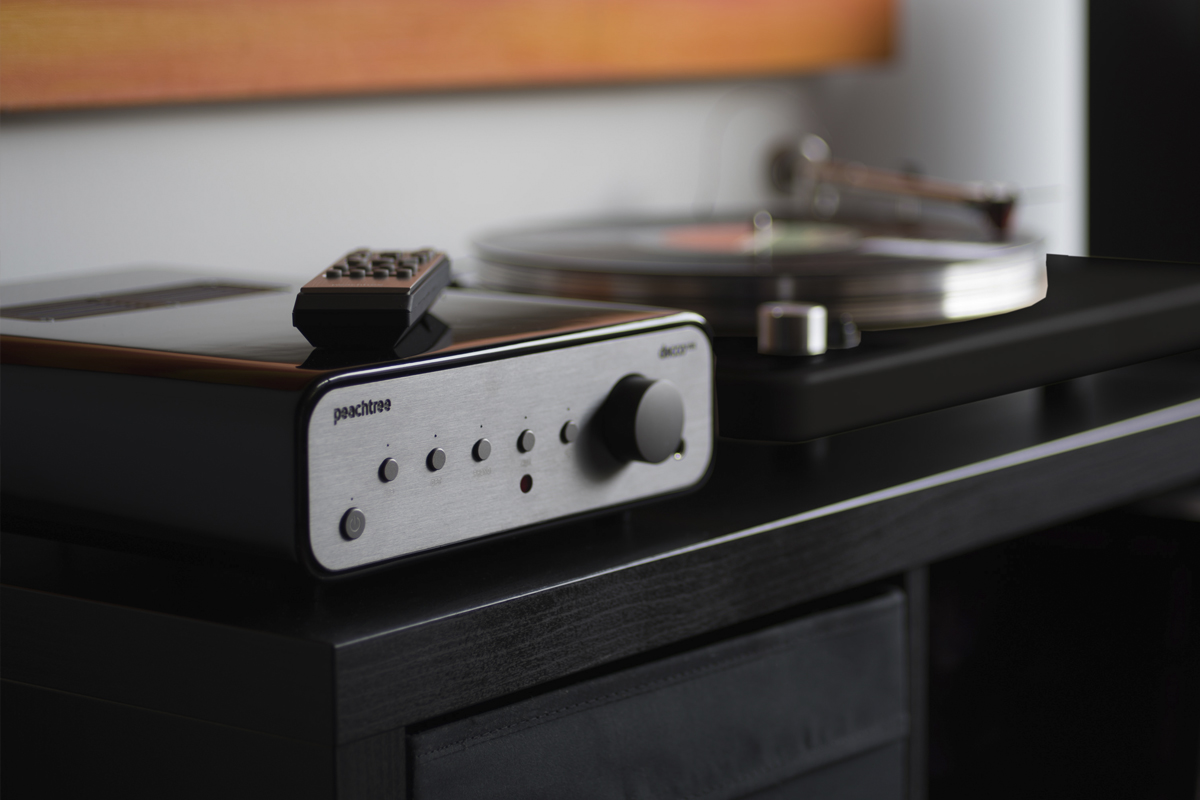
Peachtree Audio decco125 Sky Integrated Amplifier-DAC
- Written by: Al Griffin
Peachtree Audio is a company I usually think of as being “new.” But as I began work on a review of Peachtree’s most recent integrated amplifier, the decco125 Sky, I was reminded that they’ve been around for more than ten years. That made my head spin. Has it really been almost a decade since I reviewed the company’s iDecco, an integrated amplifier that embraced new ways people accessed music by incorporating a digital dock input for an iPhone/iPod and a USB port for a computer? This inclusiveness was reinforced by the iDecco’s low price: $999 USD.
Read more: Peachtree Audio decco125 Sky Integrated Amplifier-DAC
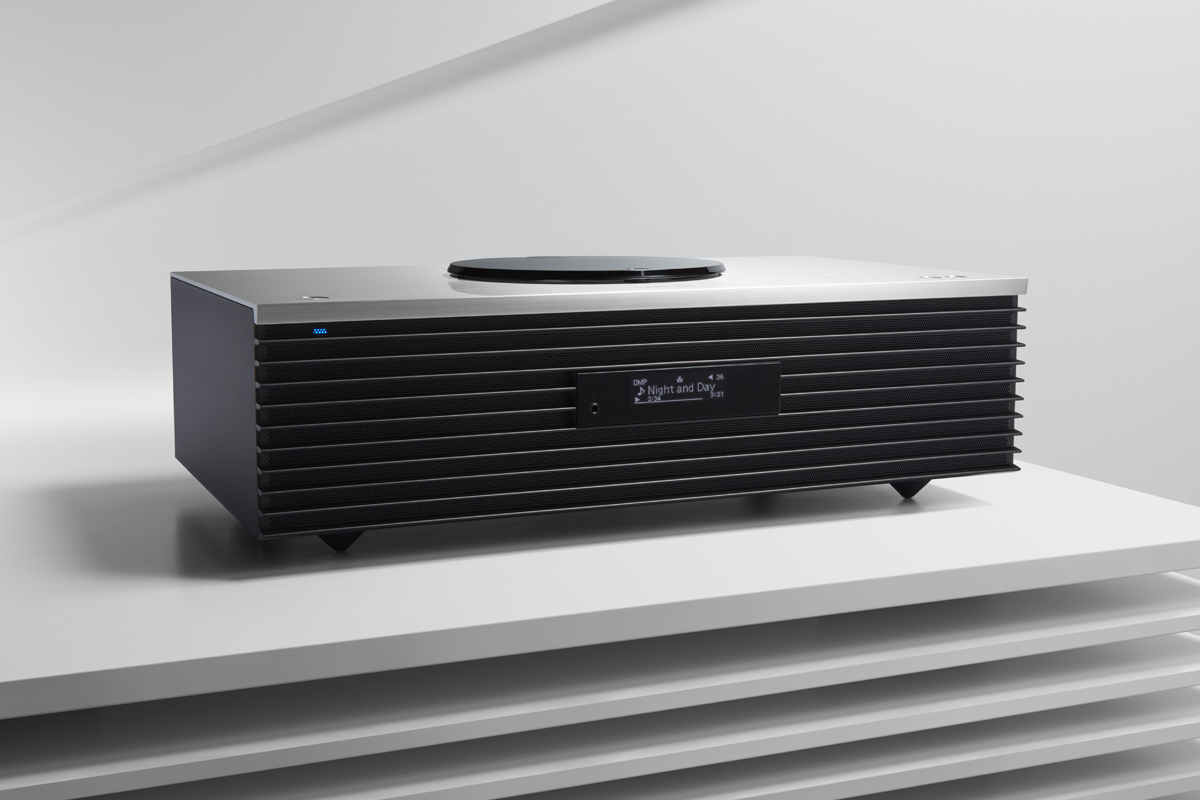
Technics Ottava f SC-C70 Music System
- Written by: Al Griffin
 Panasonic’s Technics brand may be best known for the SL-1200, a direct-drive turntable that has long been a favorite of the DJ set. But even before the SL-1200 became the tool of choice for creating rap and dance music, Technics had made its mark on hi-fi with power amplifiers, integrated amplifiers, and loudspeakers.
Panasonic’s Technics brand may be best known for the SL-1200, a direct-drive turntable that has long been a favorite of the DJ set. But even before the SL-1200 became the tool of choice for creating rap and dance music, Technics had made its mark on hi-fi with power amplifiers, integrated amplifiers, and loudspeakers.

What's Up with Apple AirPlay 2?
- Written by: Al Griffin
When Apple released its new HomePod smart speaker in early 2017, most early reviews echoed the same sentiments: the sound is impressive; the contribution of Siri, the company’s digital assistant, much less so. A review in the New York Times raved about how much better the HomePod’s audio quality was than those of similar offerings from Amazon and Google, but went on to bash the Apple for its inability to summon rides from Uber.
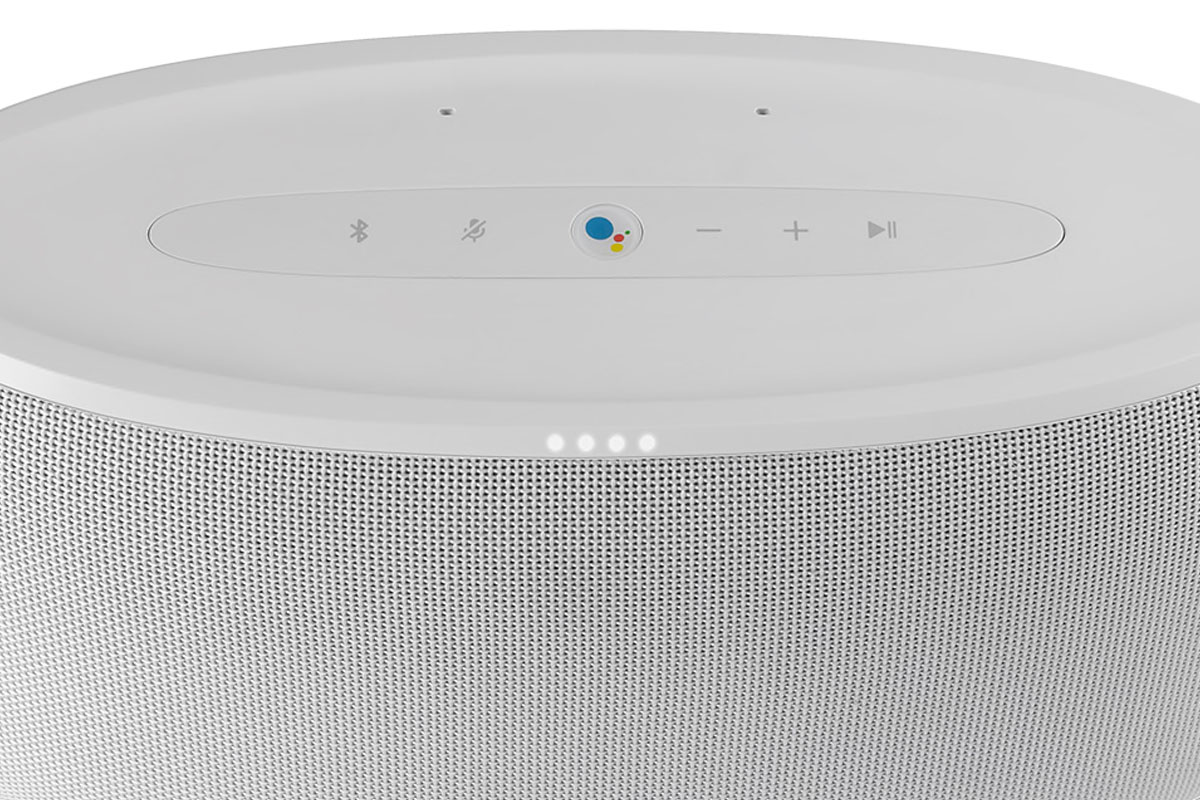
JBL Link 500 Wi-Fi Speaker
- Written by: Al Griffin
According to Amazon, the e-commerce site’s hottest product category during the 2017 holiday season was audio. This is not to say that most Amazon shoppers were spending money on amplifiers, bookshelf speakers, or even headphones. The audio product that everyone wanted to find under their tree was the Echo Dot, a voice-activated Wi-Fi speaker that sells for $50 USD.

The Spotify Dilemma
- Written by: Al Griffin
Recently, on seeing the Apple Music app on my phone, a friend’s kid smirked. The problem? Apparently, I’d decided to spend my money on uncool Apple Music rather than on cool Spotify. Lame!
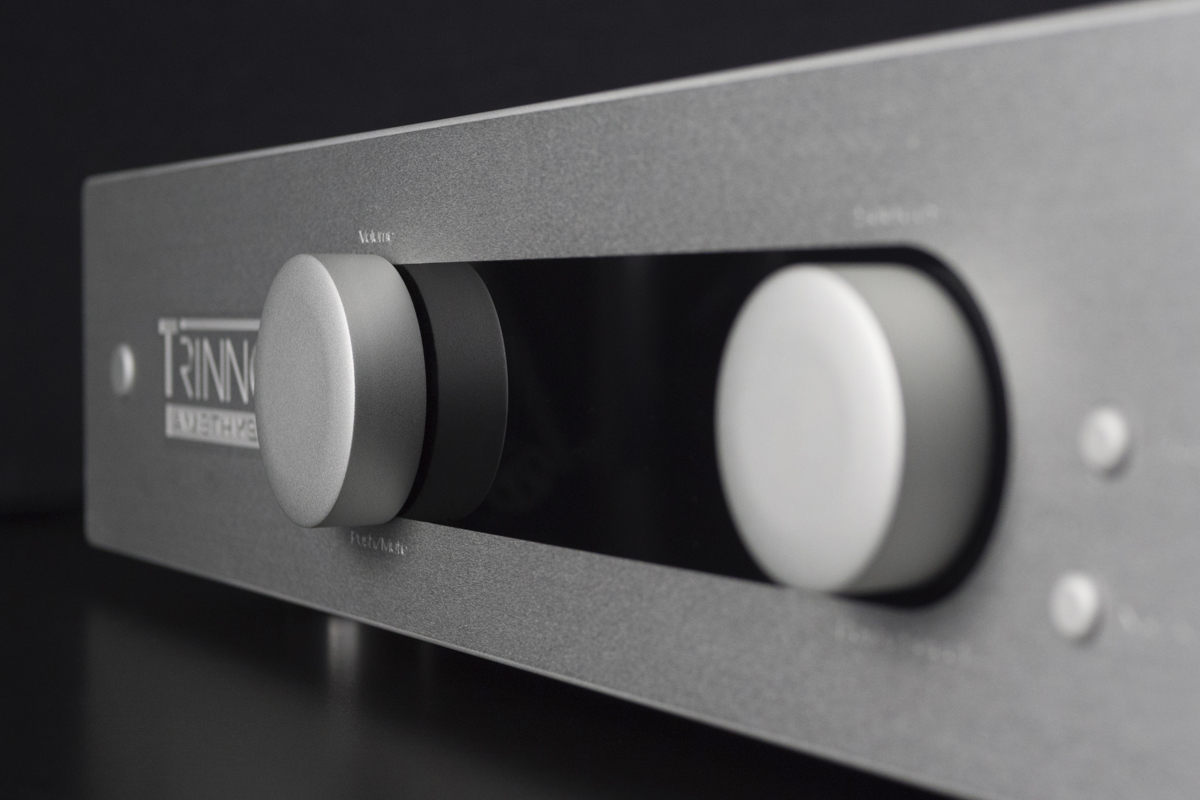
Trinnov Amethyst DAC-Preamplifier-Processor
- Written by: Al Griffin
In an editorial posted late last year, I surveyed the limited field of hi-fi components that include room-correction processing. One product I mentioned was Trinnov Audio’s Amethyst ($10,000 USD), a stereo DAC-preamplifier featuring Trinnov’s proprietary Optimizer. Interviewing a Trinnov rep about the company’s innovative approach to dealing with the interactions of loudspeakers with domestic rooms, recording studios, and movie theaters made it clear that the Amethyst was something I wanted to check out in my own system.

Control4 Triad One Streaming Amplifier
- Written by: Al Griffin
Control4, a company well established in home automation, makes virtually everything required to run a Smart home, from the controllers that act as a system’s brain to the touchscreens and keypads that provide user interface with such a system. In 2017, Control4 acquired the loudspeaker and audio electronics manufacturer Triad, and since then has ramped up the audio aspect of its product offerings by adding multiroom amplifiers, speakers, and subwoofers. Another recent addition has been its EA series of controllers, a line that supports the streaming of high-resolution audio files.
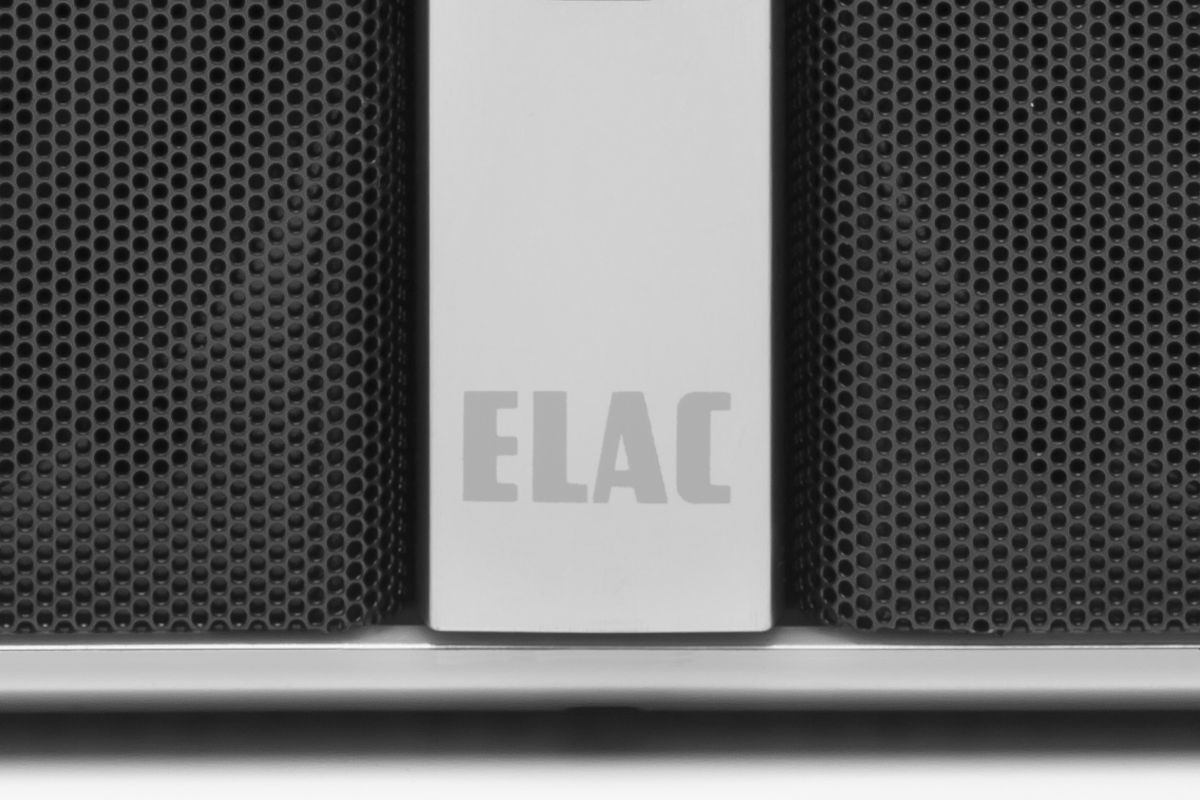
Elac Discovery Z3 Wi-Fi Speaker
- Written by: Al Griffin
 German audio manufacturer Elac has attracted plenty of attention in the last few years, much of it due to new speaker lines designed by Andrew Jones, an audio engineer who’s developed models for companies ranging from KEF to Pioneer. But making speakers isn’t all that Elac is up to. The company recently introduced a range of electronics, including an integrated amplifier and a music server, and has even rolled out a high-end turntable. Now, with the Discovery Z3, Elac turns its attention to Wi-Fi speakers.
German audio manufacturer Elac has attracted plenty of attention in the last few years, much of it due to new speaker lines designed by Andrew Jones, an audio engineer who’s developed models for companies ranging from KEF to Pioneer. But making speakers isn’t all that Elac is up to. The company recently introduced a range of electronics, including an integrated amplifier and a music server, and has even rolled out a high-end turntable. Now, with the Discovery Z3, Elac turns its attention to Wi-Fi speakers.
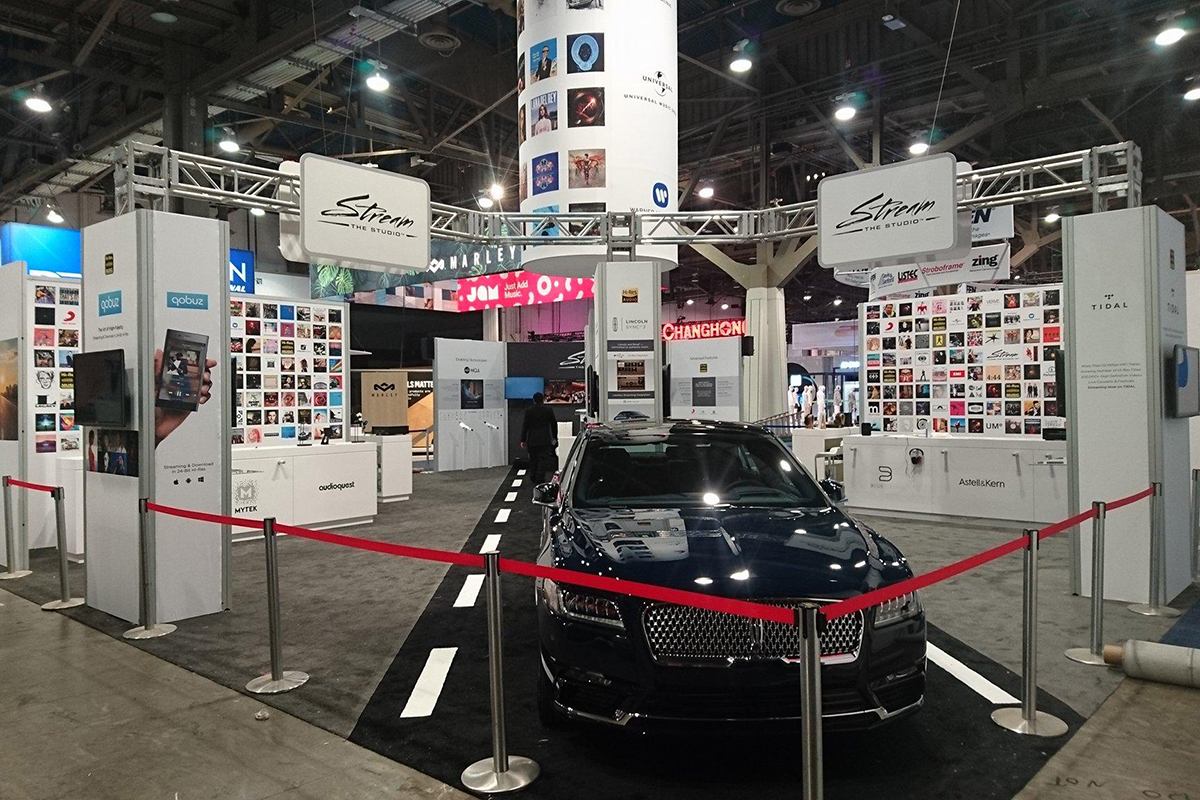
CES 2018, Simplifi’d
- Written by: Al Griffin
In last month’s editorial, I explained my decision to sit out this year’s Consumer Electronics Show. Turns out my absence didn’t make a difference: When Laundroid, the artificial intelligence-powered laundry-folding machine, was introduced at the Las Vegas Convention Center, plenty of news outlets were onsite to pick up the slack. I can’t say I regret missing CES 2018, but I do wish I’d been around to see the LVCC’s lights go out for two hours on opening day. An electronics show with no electricity -- now that’s news.
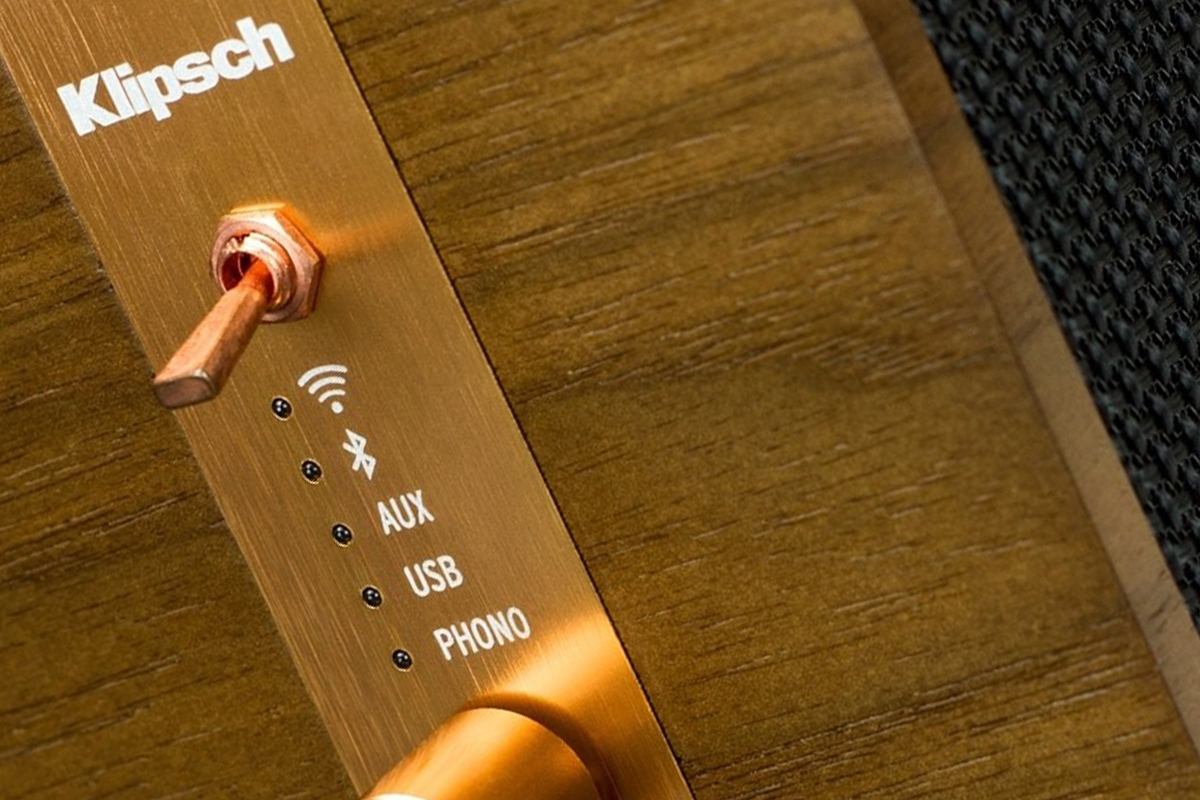
Klipsch Heritage Wireless Three Wi-Fi Speaker
- Written by: Al Griffin
 Wi-Fi speakers are an easy option to recommend. You might be a millennial looking to upgrade from a Bluetooth speaker, or an audiophile seeking to downscale from a component-based system -- either way, a Wi-Fi speaker could very well be the ticket. But most Wi-Fi speakers aren’t much to look at: Sonos made the mold with its own nondescript designs, and most companies since have used Sonos as a template.
Wi-Fi speakers are an easy option to recommend. You might be a millennial looking to upgrade from a Bluetooth speaker, or an audiophile seeking to downscale from a component-based system -- either way, a Wi-Fi speaker could very well be the ticket. But most Wi-Fi speakers aren’t much to look at: Sonos made the mold with its own nondescript designs, and most companies since have used Sonos as a template.

Farewell, CES
- Written by: Al Griffin
I made my first trip to the Consumer Electronics Show, held each January in Las Vegas, in 1994. Most high-end gear was then exhibited in the Sahara hotel, a now-defunct icon of the Rat Pack era, where they butted up against a different home-entertainment event: the Adult Entertainment Expo. While the combination of consumer electronics and porn was an uncomfortable one -- it came undone in 1998, when the porn-video industry broke away to establish its own, independent show -- the high-end audio scene at that moment seemed to have a bigger worry: home theater.
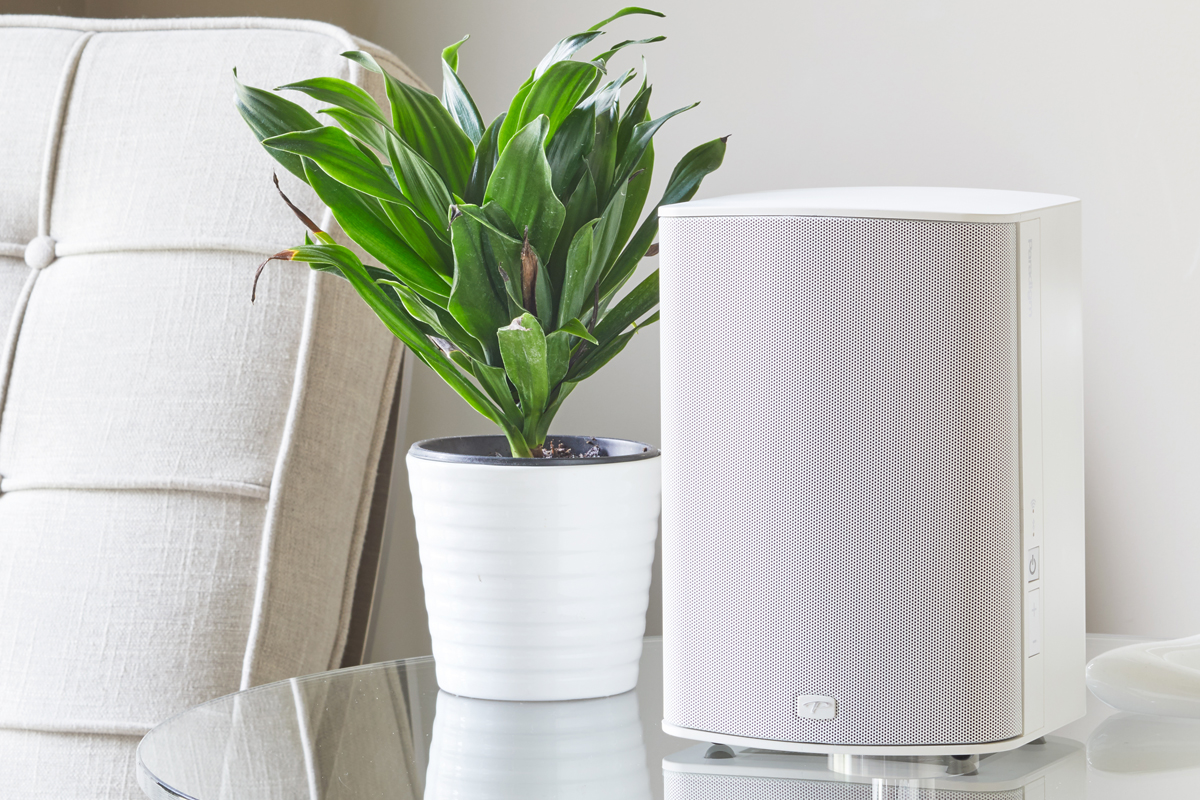
Paradigm PW 300 Wi-Fi Loudspeakers
- Written by: Al Griffin
The PW 300, the latest addition to Paradigm’s family of wireless speakers, joins the PW Soundbar and the PW 800 and PW 600 all-in-one speakers. Vince Hanada recently reviewed the PW 600, in a system that included the PW Soundbar, for SoundStage! Xperience. “Configured as a stereo pair,” he wrote, “the PW 600s sounded outstanding, easily rivaling separate speakers and electronics costing many times their $1198/pair price.” That’s seriously high praise for a Wi-Fi speaker -- high enough to make me wonder if the PW 300 ($329 each) would be equally impressive.
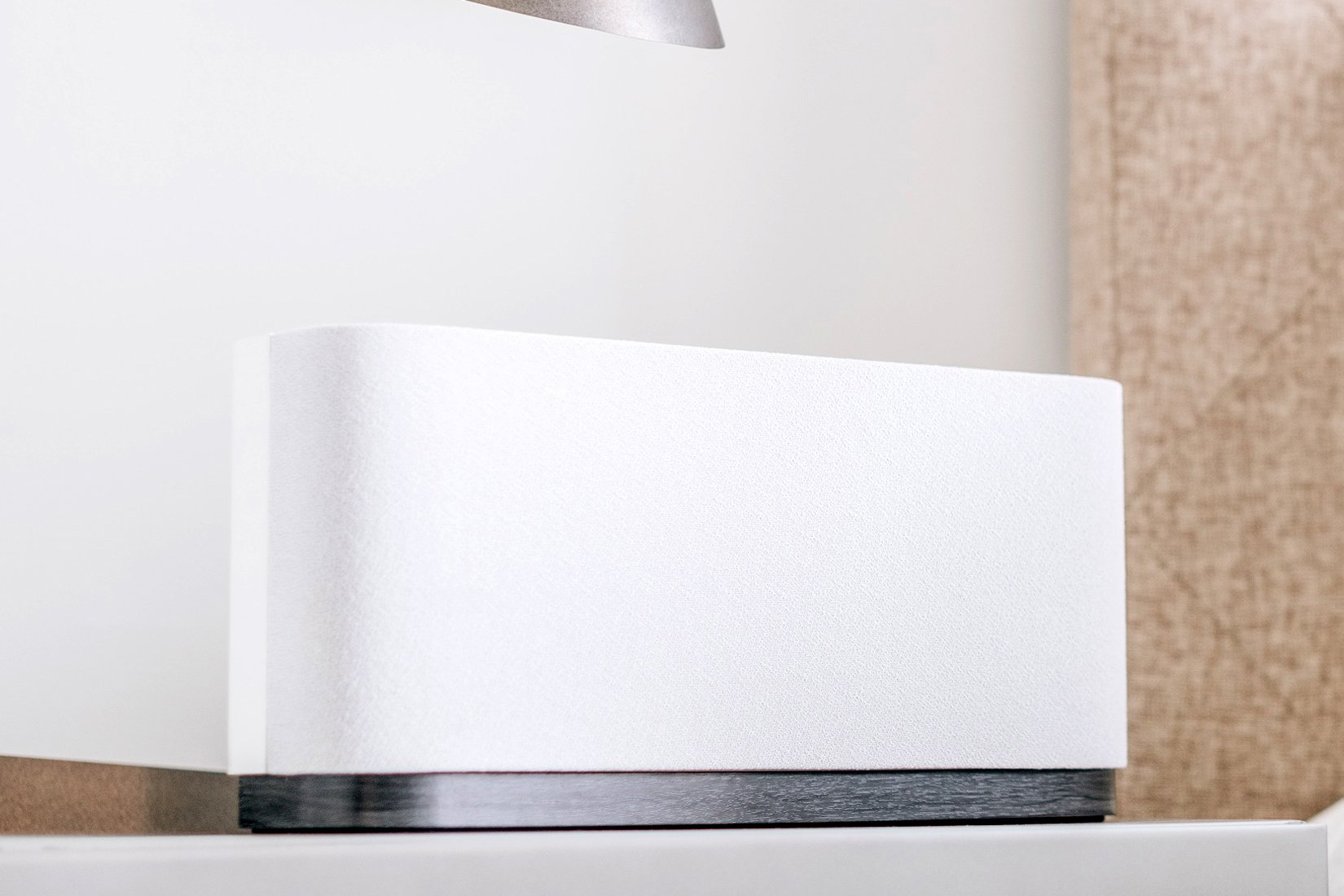
Thiel Audio Aurora Home Wi-Fi Speaker
- Written by: Al Griffin
What’s in a name? For old-school audiophiles, the name Thiel conjures up images of stately speakers in sumptuously finished cabinets of natural wood, of company founder Jim Thiel’s emphasis on the principles of time and phase coherence, and his use of coaxial drivers and first-order crossovers in his designs to achieve those ends.

Room Tunes
- Written by: Al Griffin
When I recently reviewed Yamaha’s R-N803 network stereo receiver ($749.95 USD), one highlight turned out to be the company’s Yamaha Parametric Acoustic Optimizer (YPAO) room-equalization software, which I found benefited the sound. YPAO has long been a feature of Yamaha’s A/V receivers, but the R-N803 marked its debut in a stereo receiver. Which led me to wonder: Why had it taken so long? It also got me wondering: Why there aren’t more stereo-only products with room-correction software?
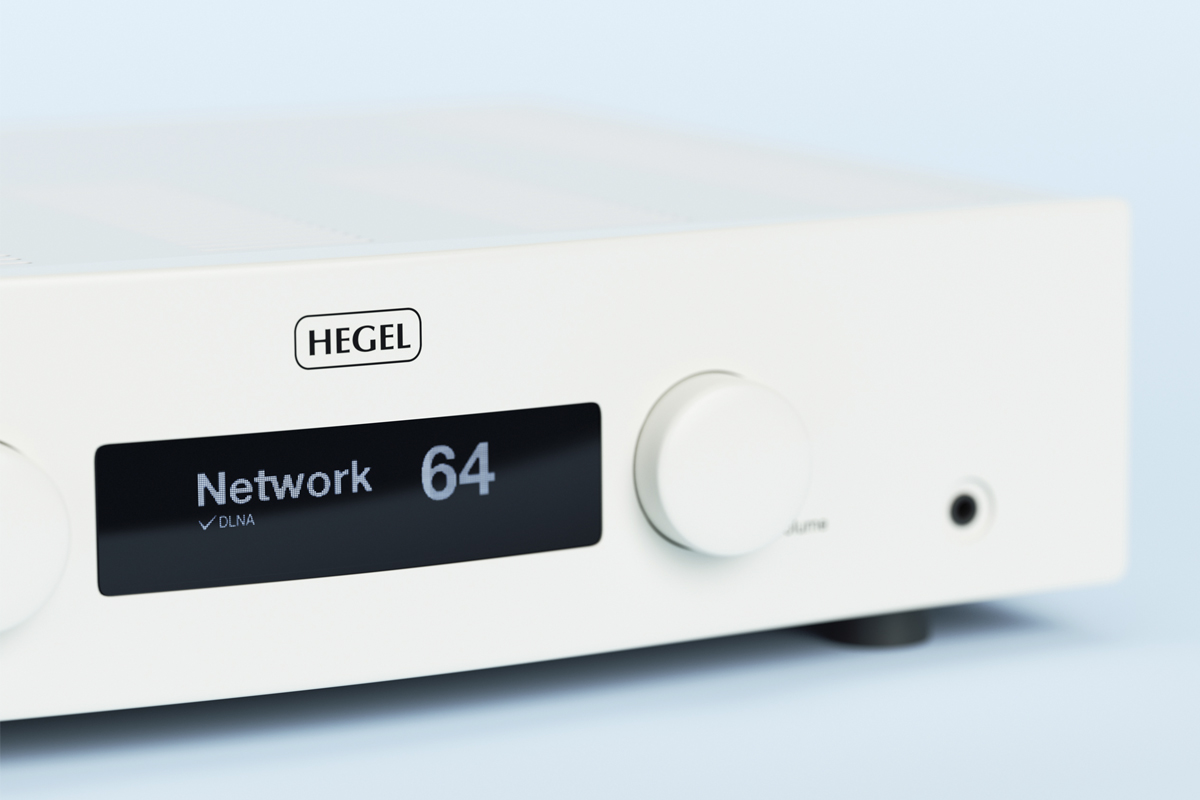
Hegel Music Systems H190 DAC-Integrated Amplifier
- Written by: Al Griffin
 In February 2017, when I reviewed the Hegel Music Systems Röst integrated amplifier, the experience was revelatory in several ways. The main eye-opener was the Röst’s sound, which was notably dynamic for a 75Wpc integrated amp, and presented a strikingly clear window on whatever music I played. Another revelation was that a modestly powered amplifier could comfortably drive any speaker I paired it with.
In February 2017, when I reviewed the Hegel Music Systems Röst integrated amplifier, the experience was revelatory in several ways. The main eye-opener was the Röst’s sound, which was notably dynamic for a 75Wpc integrated amp, and presented a strikingly clear window on whatever music I played. Another revelation was that a modestly powered amplifier could comfortably drive any speaker I paired it with.
Read more: Hegel Music Systems H190 DAC-Integrated Amplifier
- Social Streaming
- Yamaha R-N803 Network Stereo Receiver
- Onkyo TX-8270 Network Stereo Receiver
- CEDIA 2017, Simplifi’d
- Dynaudio Focus 20 XD Active Loudspeakers
- Riva Audio Festival Wi-Fi Speaker
- Naim Audio Uniti Atom Wireless Streaming DAC-Integrated Amplifier
- Classical Prime Time
- NAD Masters Series M50.2 Digital Music Player
- Bryston BryFi BW-1 Wi-Fi Speaker
- The Röst Reconsidered
- Arcam rPlay Music Streamer
- Auralic Polaris Wireless Streaming DAC-Integrated Amplifier
- High End 2017, Simplifi'd
- Simaudio Moon Neo ACE DAC-Streamer-Integrated Amplifier
- Vinyl: There's an App for That
- Metadata: Life with Roon
- NAD C 368 DAC-Integrated Amplifier
- The Internet and Audio: The Good, the Bad, and the Impossible
- Lumin M1 Integrated Amplifier-Network Music Player
- Arcam Solo Music DAC-Integrated Amplifier-Universal Player
- McIntosh Laboratory RS100 Wi-Fi Loudspeakers
- The State of Streaming
- Hegel Music Systems Röst Integrated Amplifier
- CES 2017, Simplifi'd
- Naim Audio Mu-so Qb Wi-Fi Speaker
- Why "Simplifi"
- Bang & Olufsen BeoSound 2 Wi-Fi Speaker
Page 8 of 9
SoundStage! Simplifi is part of
All contents available on this website are copyrighted by SoundStage!® and Schneider Publishing Inc., unless otherwise noted. All rights reserved.
This site was designed by RocketTheme, Karen Fanas, and The SoundStage! Network.
To contact us, please e-mail info@soundstagenetwork.com





